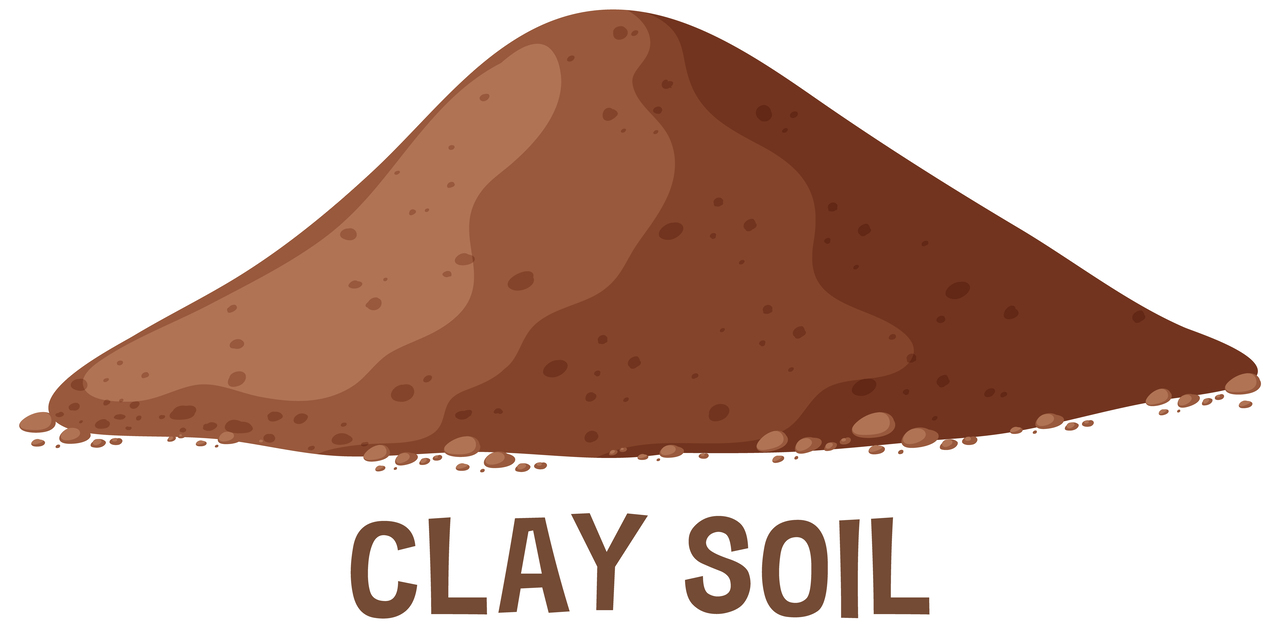Among the various types of soil found across the globe, clay soil stands out for its distinct properties, richness in nutrients, and wide range of uses.
Though it can be difficult to work with, clay soil plays a vital role in agriculture, construction, and even pottery.
In this article, we will explore everything about clay soil—its formation, characteristics, advantages, challenges, and practical applications.
Table of Contents
What is the Clay Soil?
It is a type of soil that contains a high percentage of fine mineral particles and a low amount of organic material.
These particles are less than 0.002 mm in diameter, making them the smallest soil particles compared to sand and silt.
Due to its compact nature, it tends to feel sticky when wet and hard when dry.
Formation of Clay soil
It forms over a long period through the gradual breakdown of rocks and minerals, especially feldspar and other silicate-bearing rocks.
This process is known as chemical weathering. Clay minerals like kaolinite, illite, and montmorillonite are formed when rocks’ minerals interact with water to decompose.
The formation is also influenced by
1. Climate: Regions with heavy rainfall and warm temperatures tend to produce more clay through accelerated weathering.
2. Topography: Clay tends to accumulate in low-lying areas where water runoff deposits fine particles.
3. Parent Material: The mineral content of the soil is significantly influenced by the kind of rock from which it is made.
If you want to decorate your home with beautiful gardening, then you can visit here.
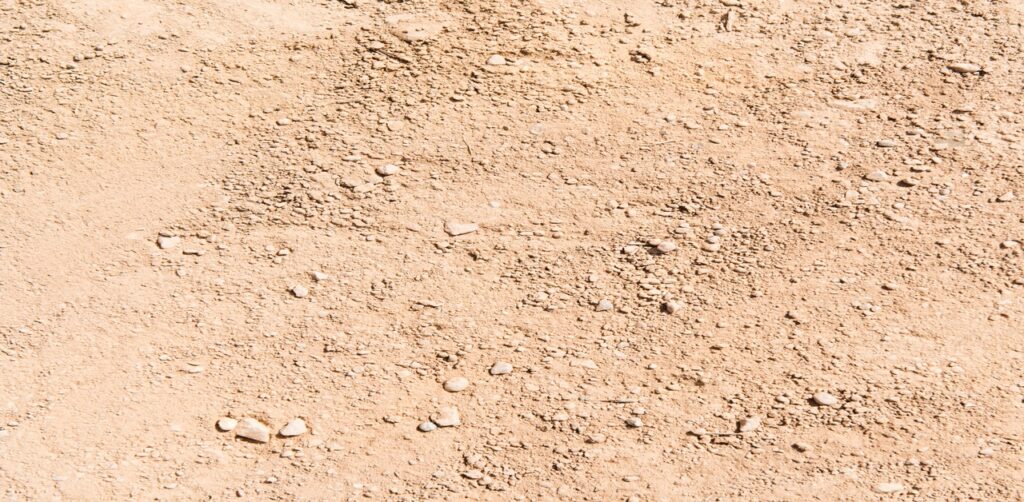
Characteristics of Clay Soil
It has some very distinctive properties that affect how it behaves and how it can be used:
1. Texture and Appearance: It feels sticky when wet and smooth when rubbed between the fingers. When dry, it becomes very hard and can crack into large, chunky pieces.
2. Water Retention: One of its most well-known features it can retain water. Its fine particles pack tightly, leaving very little space for water to drain away. This makes it highly moisture-retentive.
3. Nutrient-Rich: Because of its dense structure and high cation exchange capacity (CEC), it holds onto essential nutrients like potassium, calcium, and magnesium, making it highly fertile.
4. Poor Drainage: While good at holding water, it often suffers from poor drainage. Excess water can lead to waterlogging, which affects root health in plants.
5. Workability: It is not the easiest to cultivate. It can become very heavy and sticky in wet conditions and extremely hard in dry seasons, making it challenging to till or dig.
Distribution of Clay Soil
It is found all over the world, but it’s especially common in river valleys, floodplains, and low-lying areas.
In India, for instance, black soil, or “regur,” found in the Deccan Plateau, has a high clay content and is excellent for growing cotton.
In the United States, clay-rich soils are commonly found in the southern regions.
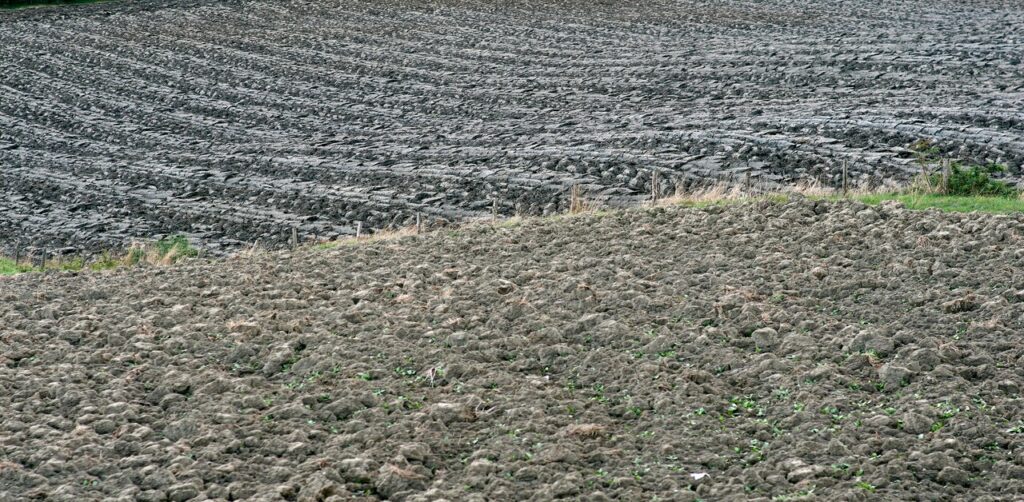
Advantages of Clay Soil
Despite its challenges, it has numerous benefits:
1. High Fertility: Due to its ability to retain nutrients and moisture, it is ideal for growing a wide variety of crops, especially if managed properly.
2. Structural Strength: Clay particles bind well together, making the soil compact and strong. This is one reason why clay is often used in making bricks and for construction purposes.
3. Good for Water Conservation: In areas prone to drought, the water-holding capacity of this type of soil can be an asset. It helps plants survive dry spells without frequent irrigation.
4. Cost-Effective: Pottery Clay has long been used in pottery and ceramic-making due to its malleability and ease of shaping when wet.
Challenges of Clay Soil
Working with this type of soil isn’t always easy. Here are some common challenges:
1. Waterlogging: Too much water can make it soggy and suffocate plant roots, leading to root rot and other issues.
2. Compacted clay: It can become densely packed, reducing air circulation and making it difficult for roots to spread.
3. Slow to Get Warm: In early spring, clay soil takes longer to warm up, which can delay planting times for some crops.
4. Hardness: In dry conditions, it becomes extremely hard, making it difficult to dig or cultivate without proper tools.
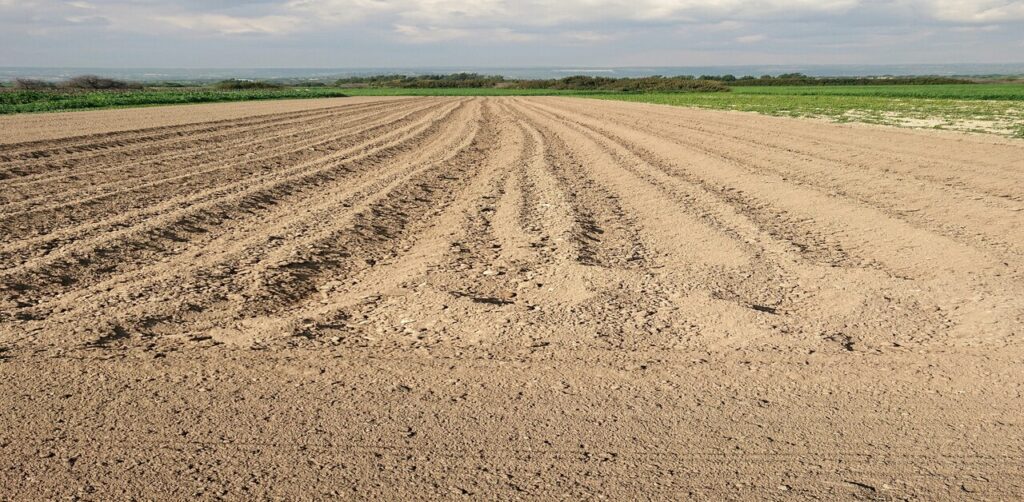
Improving Clay Soil for Gardening and Farming
Though naturally tough, it can be improved with the right management techniques:
1. Add Organic Matter: Compost, manure, or leaf mold can be mixed into it to help it drain better and loosen up its structure.
2. Use Raised Beds: Creating raised garden beds allows better water runoff and prevents plants from becoming waterlogged.
3. Avoid walking on Wet Soil: Walking on this type of soil when it is wet causes compaction. Use boards or pathways to minimize soil disturbance.
4. Mulching: Adding a thick layer of mulch helps retain moisture, regulate soil temperature, and prevent compaction.
Plantation in Clay Soil
Surprisingly, many plants thrive in well-maintained clay soil.
Some of them include Perennials like daylilies, black-eyed Susans, and asters.
Vegetables such as broccoli, cabbage, and Brussels sprouts. Trees and shrubs like oak, willow, hydrangeas, and lilacs.
These plants either tolerate or thrive in the moisture-retentive and nutrient-rich environment provided by this type of soil.
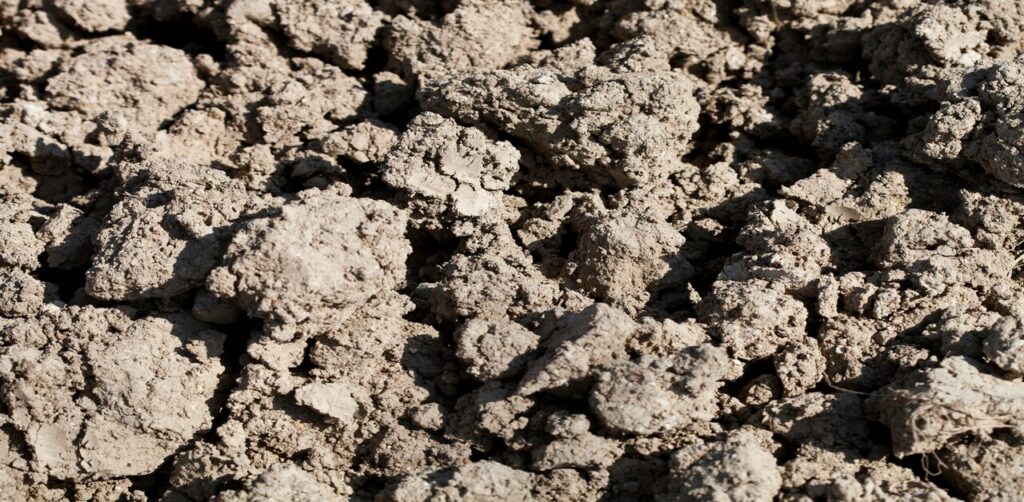
Other uses of Clay Soil
Beyond agriculture, it is widely used in other sectors:
1. Construction: Bricks are made primarily from clay. Its cohesive and plastic nature makes it easy to mold into bricks and tiles, which harden upon drying or baking.
2. Pottery: It is used to create vessels, sculptures, and other art forms. When fired in a kiln, clay turns into ceramic—a durable, water-resistant material.
3. Landfill: Due to its impermeable nature, clay is often used as a natural barrier in landfills to prevent leachate from contaminating groundwater.
Conclusion
Clay soil, with its unique characteristics and rich mineral content, holds great value in both agriculture and industry.
While it poses challenges like poor drainage and compaction, proper management techniques can transform it into highly productive soil.
Whether you’re a farmer, a gardener, or a builder, understanding its nature can help you harness its full potential. With thoughtful care and maintenance, clay soil can be as fertile and functional as any other soil type.

